On February 22nd, in challenging ground / rock conditions, the drilling at the DT-1A borehole of project DIVE has passed 700 m depth! See further daily news here.
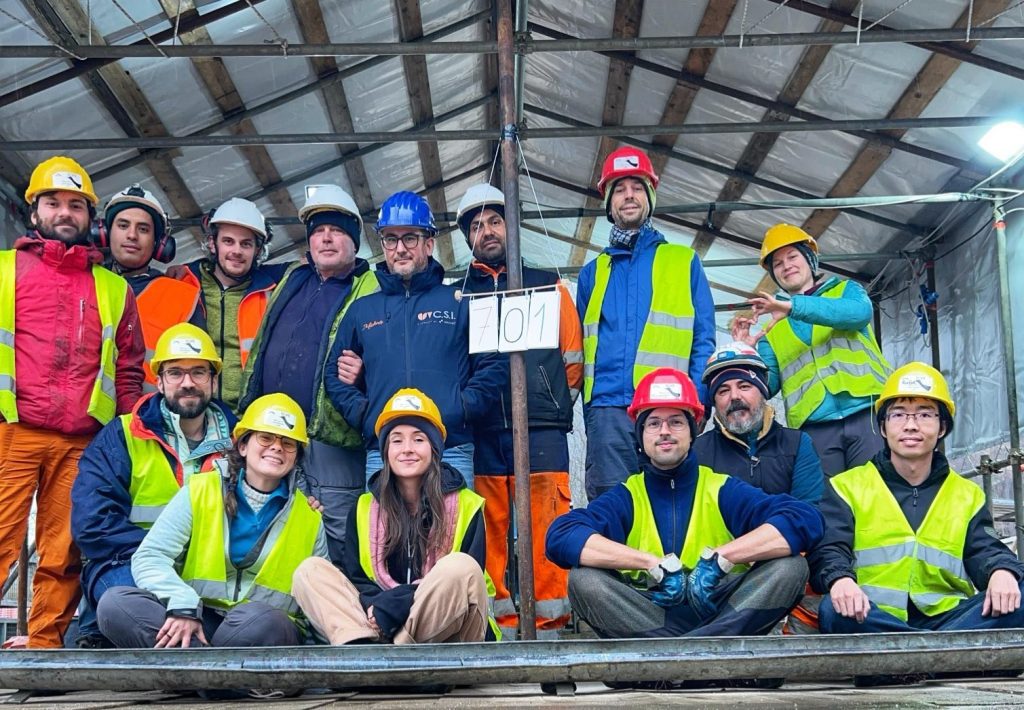
L’équipe de la RTS s’est rendu sur le site de forage scientifique DIVE début janvier pour amener des nouvelles du projet aux auditeurs/auditrices. Vous pouvez écouter le reportage paru dans l’émission CQFD du 23 janvier ICI.
Cependant, le forage a atteint 475 m de profondeur, et continue d’amener des carottes intéressantes.
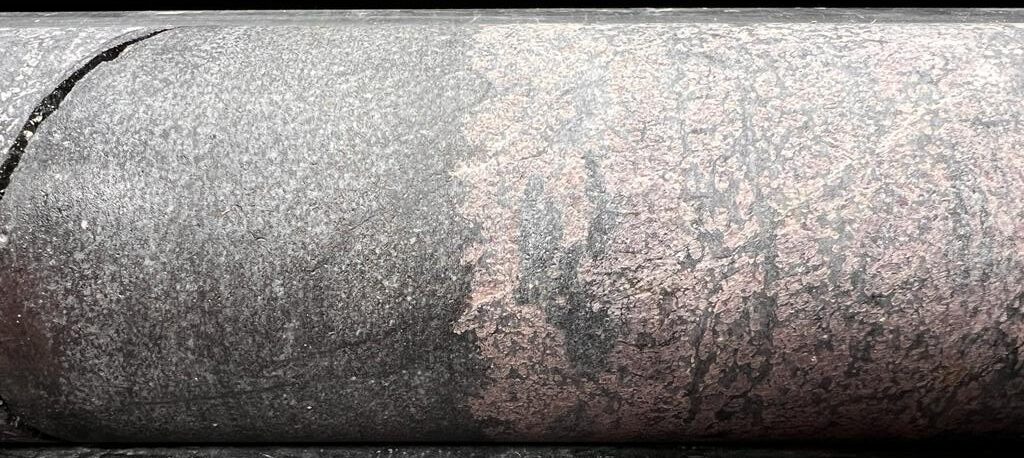
We are proud to announce the opening of a participative gravity-modelling challenge on new (never used) data, in an effort to constrain the shape of the Balmuccia peridotite body while avoiding biases as much as possible. The full dataset and the detailed description are now available here, a summary can be found here, and the data are shown in the map below.
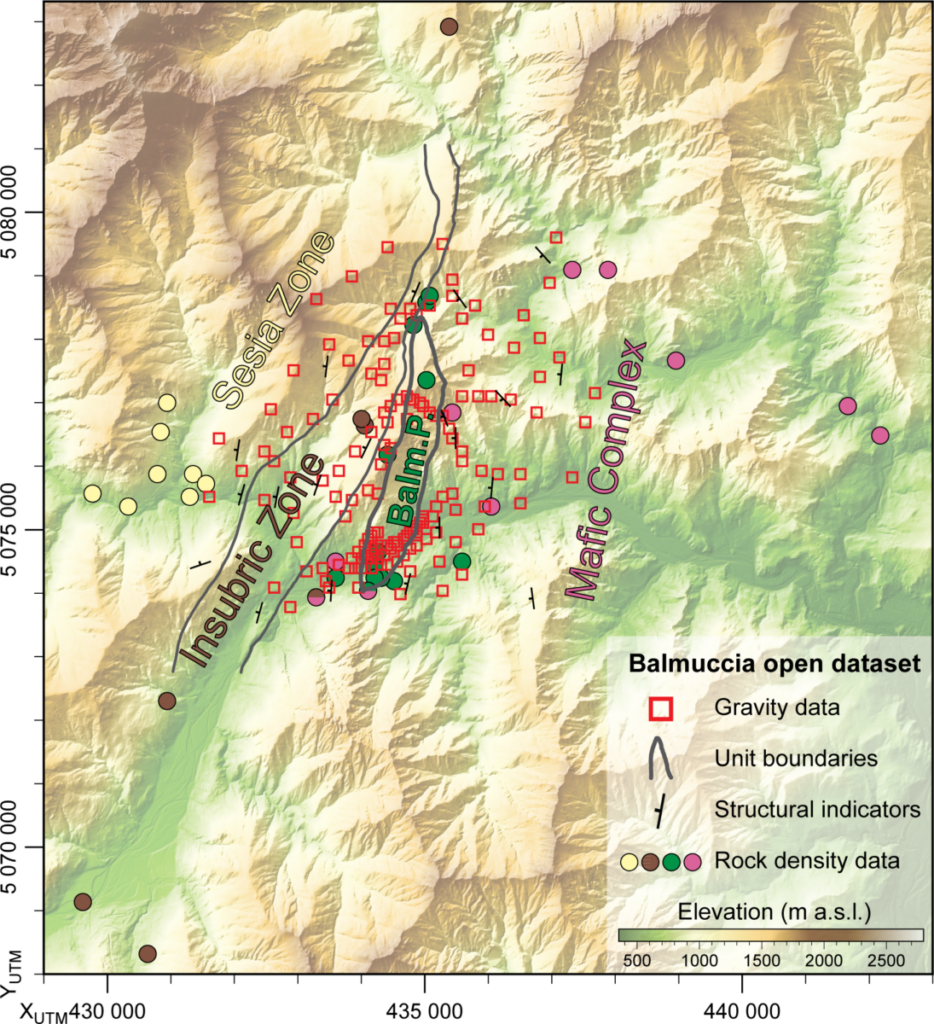
The second project DIVE borehole, located in Megolo, is now at 315.3 m depth below surface, and prepared for a pause over the year end break. One of the last cores was a beautifully recovered 3-m-long piece of metagabbro, standing with two “columnar” (~stalwart) members of the project on the photo below. Other photos and daily news can be followed here; on-site activities are planned to resume in January 2024.
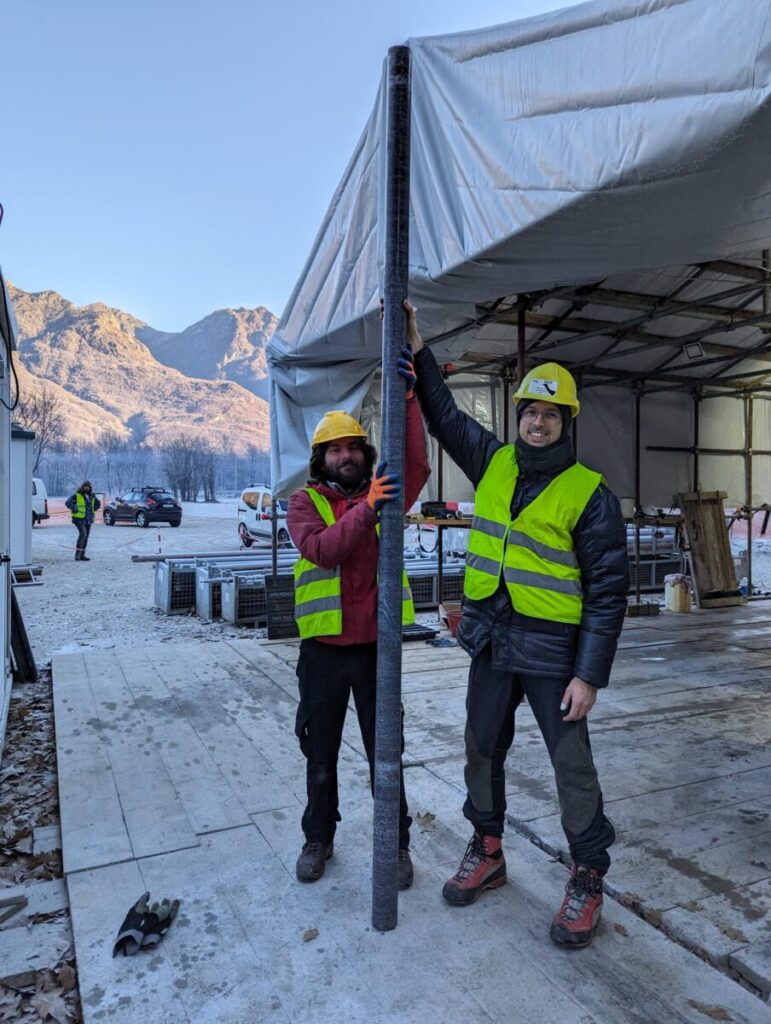
“In August 2023, a series of earthquakes unprecedented in the Great Hungarian Plain began near the town of Szarvas. Several newspaper articles have made certain or almost certain claims about the events. However, understanding such a swarm of earthquakes requires much more data, geophysical modelling, and considerable research time. For this reason, and on the basis of what we know today, the probability of the earthquakes around Szarvas being related to human activity cannot be established with certainty.”
This is the English abstract of a study which appeared in Hungarian in the journal Magyar Tudomány (=Hungarian Science), available here.
The deformation of the Himalayan orogen is rather well known on geological timescale (millions of years) and modern, instrumentally observed timescales (decades). But how does it behave at intermediate timescales? Constraints to give an answer to this question are now available, and are presented and discussed in our new paper in Geology.
A book trilogy has been published this Summer as a result of a broad collaborative effort by geoscience experts working on the Himalayan mountain belt. The series has been edited by iSTE and co-published by Wiley, under the editorial work of Rodolphe Cattin and Jean-Luc Epard. Over a total of about 900 pages, the readers can read about:
In our reviewed opinion paper published in the Diamond Open Access journal Seismica, we underscore Nepal’s high earthquake vulnerability and outline an all-encompassing education policy tailored to its needs, crucial for raising awareness across society. See a tweet, a short video, and the Nepali abstract just below.
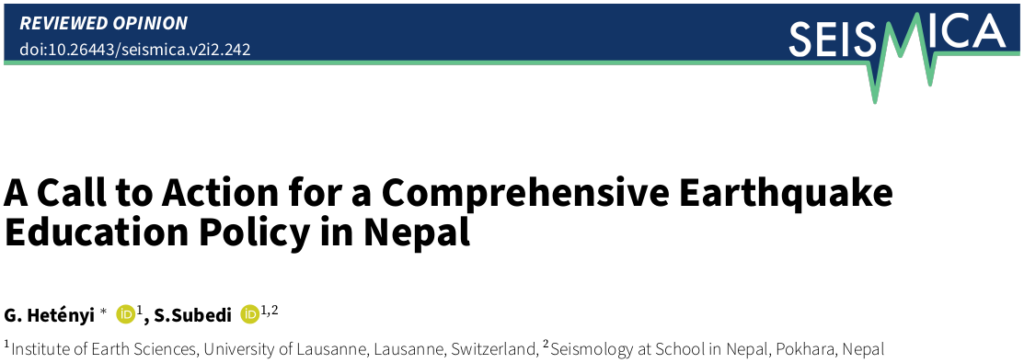

The Balmuccia peridotite body in the Ivrea-Verbano Zone has been interpreted by geologists as a lense: an elongated outcrop of mantle rocks that is disconnected from the real mantle and brough to the surface by tectonics. Geophysical studies in the past have already stipulated that dense and seismically fast rocks, similar to the mantle, must be located at very shallow depth beneath the area (see Scarponi et al. 2020, 2021 for recent, larger scale studies). The most recent result on this question, based on targeted, active source seismic investigation, shows that the connection between the surface and the subsurface exists: the Balmuccia peridotite is the tip of the mantle-berg! For details, please read Ryberg et al. 2023 in GJI.
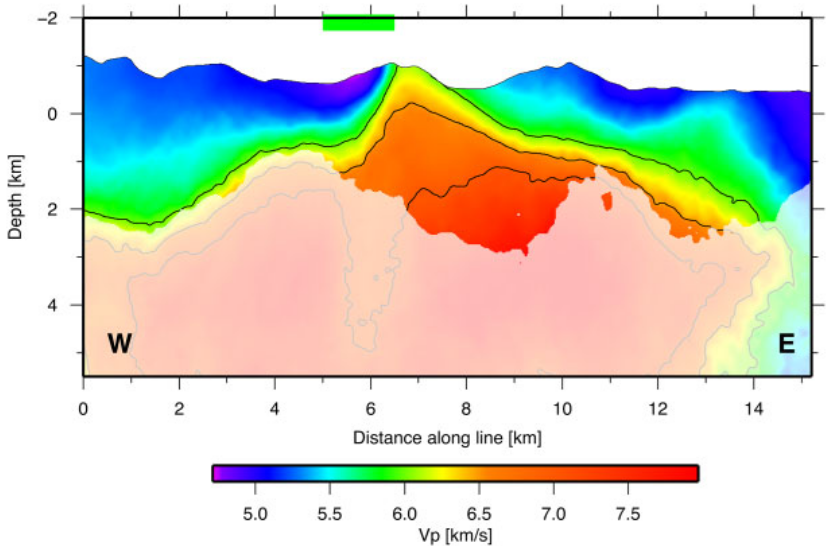
The thickness of the crust is a key structural parameter in many studies, from geodynamics to surface processes. Following a multi-year effort, and based on the several seismic networks (AlpArray, PACASE, EASI, CIFALPS-I), our publication on the crustal thickness of a large area, encompassing the entire Alps and many of its adjacent regions, has just been published. It is more that a mere map, it also presents numerous cross-sections, and openly shares the raw and processed seismological data (receiver functions) for future users. For full details, see Michailos et al. (2023) in ESSD.
